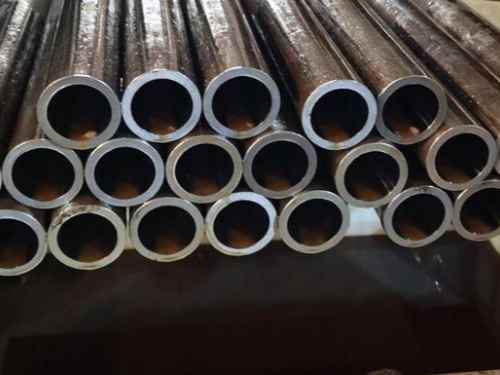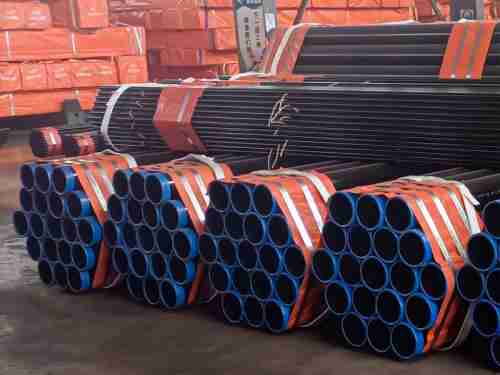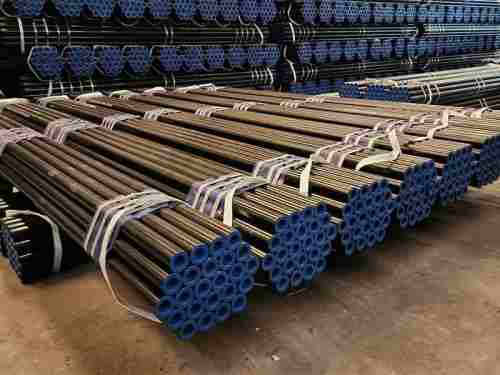Galvanized Angle Steel
Definition: Hot-dip galvanized angle steel is produced by immersing rust-removed angle steel in molten zinc at around 500°C, forming a zinc layer that provides corrosion protection. It is ideal for environments with strong acids, alkalis, and moisture.
Process Flow: The process includes pickling, washing, immersion in zinc, drying, preheating, plating, cooling, passivation, cleaning, and polishing. The resulting zinc layer is uniform, 30-50µm thick, ensuring good reliability and metallurgical bonding with the steel.
Main Classification: Hot-dip galvanized angle steel can be hot-rolled or cold-rolled, with hot-rolled being more common. It is classified into equal and unequal angle steel based on the side length.
Main Advantages:
Low Processing Cost: More affordable than other coatings.
Durable: Provides up to 50 years of corrosion protection in suburban environments.
Reliability: The galvanized layer is metallurgically bonded, ensuring durability.
Toughness: The coating resists mechanical damage.
Comprehensive Protection: Fully protects all parts, including recessed areas.
Time-Efficient: Faster than other coating methods, reducing on-site painting.
Applications: Widely used in power towers, communication towers, railways, street lamps, marine components, and construction.
Galvanized Channel Steel
Definition: Hot-dip galvanized channel steel involves immersing rust-free steel in molten zinc at 440-460°C to form a zinc layer for corrosion protection. This process has been in use since 1836 and has expanded due to the growth of cold-rolled steel.
Process Flow: The process includes raw material inspection, pickling, cleaning, zinc assisting, drying, galvanizing, cooling, passivation, cleaning, inspection, and packaging.
Features:
Corrosion Resistance: The zinc layer protects the steel from corrosive solutions. The zinc oxide layer is durable and plays a key role in further protecting the steel.
Iron-Zinc Alloy Layer: Provides superior resistance to corrosion in marine and industrial environments.
Durability: Strong zinc-iron bonding enhances wear resistance.
Flexibility: Galvanized parts retain ductility and can be shaped without damaging the coating.
Mechanical Improvement: The galvanizing process also improves the steel's mechanical properties by relieving stress.
Aesthetic: Galvanized parts have a bright, appealing surface.
Ductility: The pure zinc layer is flexible and can withstand forming processes without damage.
These galvanized steel products are ideal for heavy-duty applications where corrosion resistance and long service life are critical.
Galvanized Angle Steel vs Galvanized Channel Steel
- Weight Comparison
Channel steel and angle steel differ slightly in weight. The theoretical weight formula for channel steel is:
(length (mm) x width (mm) x thickness (mm) x 0.00785) ÷ 1000, while the theoretical weight formula of angle steel is: (length (mm) x width (mm) x thickness (mm) x 0.00707) + 1000. From these formulas, we can see that, for the same size and thickness, channel steel is slightly heavier than angle steel. The weight difference is minimal for sizes under 50mm, but becomes more noticeable when the angle steel size exceeds 50mm.
- Difference in Use
Channel steel and angle steel have different primary uses. Channel steel is commonly used in construction, machinery manufacturing, furniture production, guardrails, shelving, and bridge structures. Angle steel, on the other hand, is typically used for reinforcing structures, such as building frames, support structures, and machinery, and is widely employed in both industrial and civil construction projects.
- Difference in Size
The sizes of channel steel and angle steel also differ. Channel steel typically comes in sizes ranging from 80x40mm to 200x60mm, while angle steel generally ranges from 20x20mm to 200x200mm. Channel steel typically has a thickness of 3-5mm, while angle steel comes in a broader range of thicknesses, from 3mm to 20mm. When designing structures, the specific size and thickness of the steel should be chosen based on the application requirements.
- Difference in External Dimensions
The external dimensions of channel steel and angle steel also differ in shape. Channel steel has a groove shape, offering good profile performance and rigidity, making it ideal for high-load-bearing projects where stability is crucial. Angle steel has a right-angled triangular shape, providing strength and torsional resistance, and is better suited for applications involving bending, extrusion, and other forces.
In summary, while both galvanized angle and channel steel have their distinct advantages, the choice between them depends on the specific requirements of the construction or manufacturing application, including weight, size, rigidity, and the type of forces involved.

 English
English Español
Español











